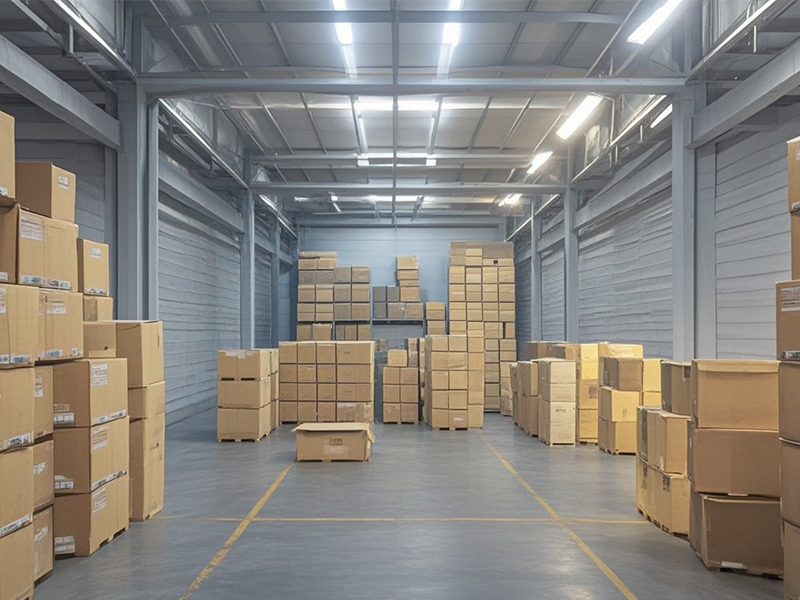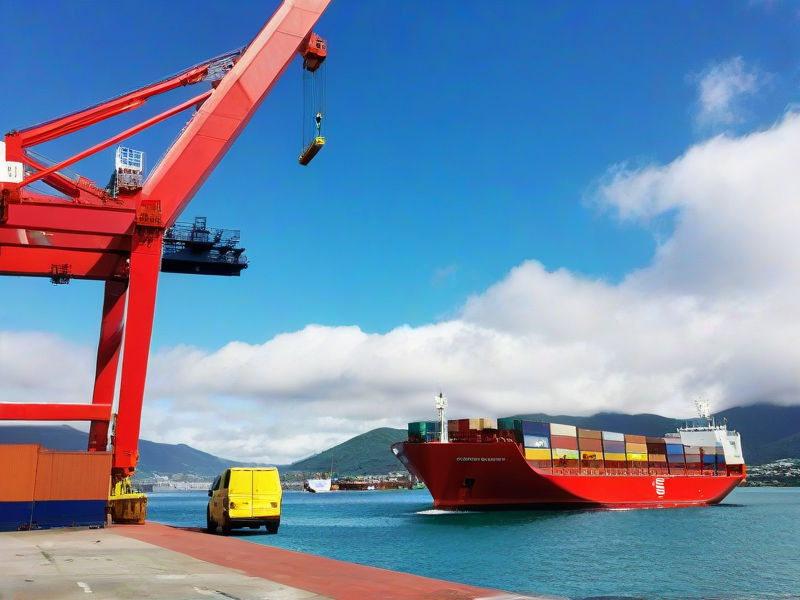From its infancy to continuous growth, China’s cross-border e-commerce logistics industry has experienced more than a decade of development. Each iteration and innovation in logistics models and product channels have been accompanied by adjustments and changes in platform policies, tax and customs regulations, as well as business flows. From a broader industry cycle perspective, the development of the cross-border e-commerce logistics industry can be roughly divided into three stages:

In the early stages of China’s cross-border e-commerce logistics development, with the rise of eBay as an e-commerce platform, the industry went through a period where postal parcels could be sent globally at a flat rate. Subsequently, with the rapid growth of AliExpress, the demand for direct delivery logistics parcels from China to overseas end-buyers continuously increased. As the main forces in cross-border direct delivery logistics, Hong Kong Post and China Post faced insufficient transportation capacity in the short term. Numerous foreign postal services, such as Singapore Post, Netherlands Post, Sweden Post, and Belgium Post, entered the Chinese market through agency models to collect goods and compete in the cross-border e-commerce logistics market.

As cross-border e-commerce sellers’ requirements for logistics efficiency and experience continued to increase, the international postal parcels, ordinary and registered mail products within the Universal Postal Union (UPU) system could no longer fully meet the demand. China Post began to launch E-packet commercial dedicated line products based on bilateral agreements between the two countries’ postal services, gaining a good market reputation. Afterwards, a large number of cross-border e-commerce logistics enterprises introduced dedicated parcel products that integrated commercial express delivery and postal resources, gradually improving the product forms of cross-border e-commerce direct delivery logistics channels.

Starting from 2015, with more and more foreign cross-border e-commerce platforms entering the Chinese market to attract businesses, mainly relying on direct delivery logistics and distribution models, the demand for cross-border direct delivery logistics models for parcels has grown rapidly.

As cross-border e-commerce logistics, payment, and other peripheral service industries continue to enrich, the entire service system of the cross-border e-commerce chain continues to improve. Cross-border e-commerce sellers’ sales categories gradually shift towards high-value and large-item categories. Under such circumstances, more and more sellers adopt overseas warehouse delivery models for popular categories, greatly improving the shopping experience for overseas buyers of cross-border e-commerce. The development of cross-border e-commerce gradually shows a trend of localized operation.

In the future development process, the combination of globalization service capabilities and localized operational capabilities of cross-border e-commerce logistics enterprises will become a key focus. Cross-border e-commerce logistics has evolved from direct delivery parcels to overseas warehouses, then to integrated warehousing and distribution, and finally to a comprehensive cross-border supply chain solution. This is an evolutionary process from point to line, to plane, and finally to a three-dimensional structure. The expansion of globalization service capabilities and the improvement of supply chain system stability are essential topics that cross-border e-commerce logistics enterprises must face in the future.

 alt=""
alt="" 


 Logistics line quotation
Logistics line quotation Cross-border express order
Cross-border express order 24 hours online customer service
24 hours online customer service Huixiang Cross-border Logistics all rights reserved
Huixiang Cross-border Logistics all rights reserved 






